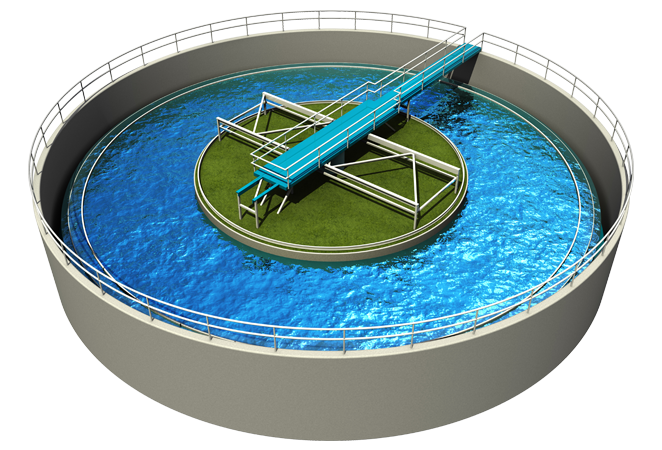After extreme winter storms and unprecedented snowfall, the majority of California is finally out of drought for the first time since 2020. However, CA’s central valley continues to struggle with both flooding and droughts, as one-third of the state remains dry and 6 percent is still in a moderate drought.

In preparation for the next major climate event, water experts and state officials are refilling the state’s overdrawn groundwater aquifers and encouraging residents to be smart about water conservation.
Recently, the Department of Water Resources (DWR) awarded $15 million to support water projects in the San Joaquin Valley through the Integrated Regional Water Management (IRWM) program. This funding will support the implementation of innovative climate, agriculture, and water management projects as California continues to battle climate change that is impacting both wet years and dry years.
Why California stays on top
Projects initiated with the $15 million DWR investments will bring badly needed relief to the San Joaquin Valley and communities like Fresno and Kern, which are still experiencing water supply shortages. These initiatives will include drought relief programs and water efficiency measures such as:
- Infrastructure improvements: Spanning a length of 5.5 miles, the Pixley Irrigation District’s new canal will provide surface water for irrigation to 5,500 acres of agriculture that currently depend solely on groundwater. The project will also increase flood protection for downstream infrastructure, crops and more than 1,100 residents of Alpaugh.
- Water supply: The City of Bakersfield and the Rainbird Valley Mutual Water Company will partner to provide 1,900 acre-feet per year of clean drinking water to 85 service connections and 238 people residing in severely disadvantaged communities.
- Stormwater initiatives: The Kings Basin Water Authority and City of Bakersfield received funding to protect the disadvantaged community of Palier from flooding, while bolstering its stormwater storage, and pumping surface water into its basins.
- Groundwater recharge: Another Kings Basin Water Authority project will deliver surface water to landowners in Arvin, Edison and neighboring communities, which currently depend on groundwater for their agricultural and drinking water needs. The initiative will also alleviate groundwater pumping and provide indirect recharge to their underground aquifer during and after storm events.
- Updated technology: In order to meet the State of California’s mandate of metering all customer water service connections by 2025, the City of Bakersfield received funding to install 6,500 meters at the remaining unmetered service connections in the area.
Growing the Central Valley, together
California’s shift from extreme drought to flooding, and back again, is a predictor not only of climate change, but of future extremes to come. That’s why investing in the Central Valley’s water resources is crucial for the region’s agriculture, urban water supply, and overall environmental well-being.
But the drive for sustainability and resiliency can’t stop there. Companies such as Opti-Harvest are also working to help communities increase their agricultural resiliency. Their patented Opti-Filter product lines enable commercial growers of high-value crops, such as fruit, to better use sunlight and increase water-use efficiency.
When water agencies, local governments, nonprofit organizations, and innovative companies work together, California’s Central Valley can thrive again.
